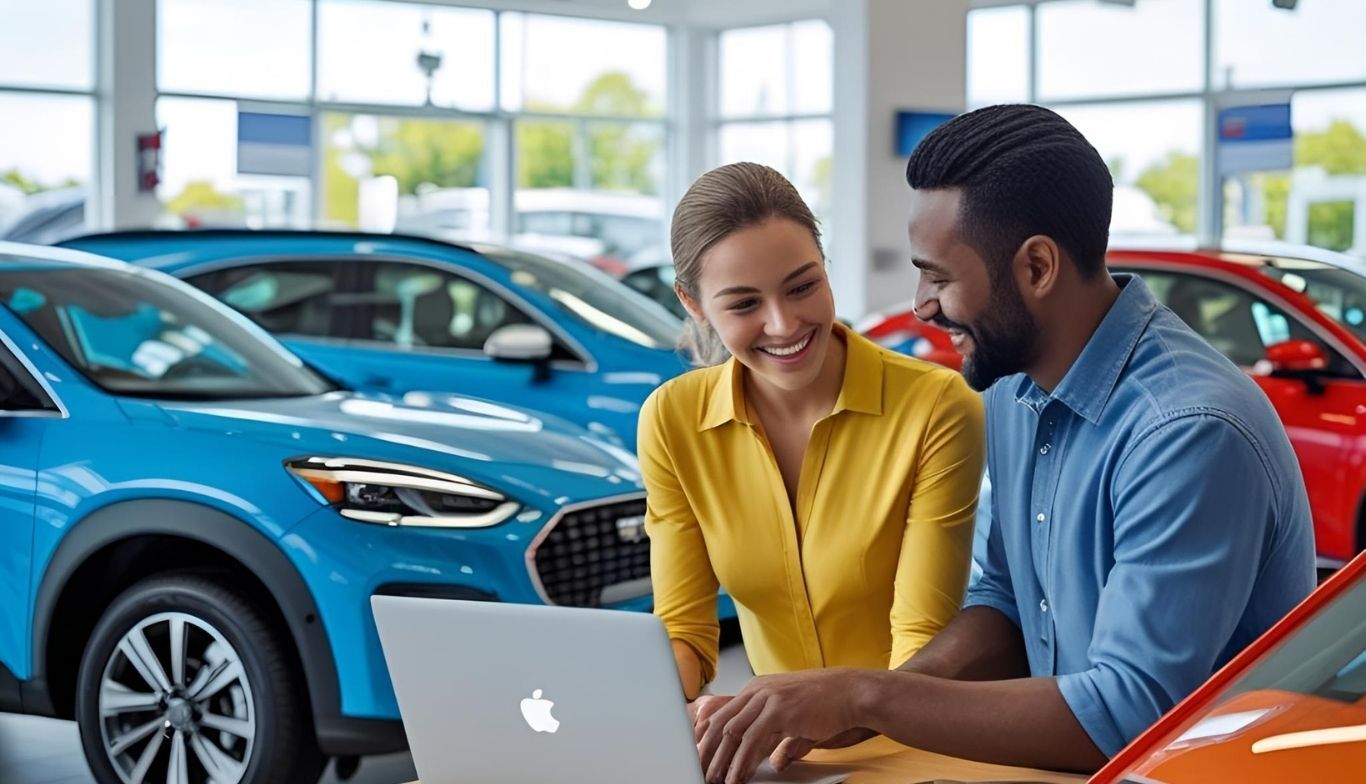The pandemic has brought on unexpected changes in the automotive ecosystem, and rapid digitalization has become essential for survival. Since April 2020, consumer interest in buying a car online has grown in popularity, and more dealerships are making significant investments in their digital showrooms. An article by Think with Google, cited 63% of auto purchasers said they would consider ordering their future car online.
The significant acceleration of e-commerce is driven by the evolving consumer buying experience and the rapid digitalization of all industries, including the auto industry, which has been slower to adapt. The pandemic brought on a growing portion of auto buyers that are confident with completely buying a car online, as long as they are given the essential information they require to make a confident purchasing decision.
According to a study by Forbes, Digitization And Dealers Are The Future Of Car Buying, which surveyed 1,000 car buyers and 401 dealers, 56% of dealers have stepped up their use of digital tools to meet pandemic-related challenges. Dealers surveyed said tech and digitization are essential to help improve financing transparency. On the buyers' side, those surveyed believed that personal touch combined with digital efforts are critical in relationship-building but don't think dealerships have the necessary digital tools. Used car dealers have the biggest opportunity to double down on digitalization without having to get OEM-approved technology like their franchise dealer counterparts.
Increase in EV adoption pushes new car sales digitization
Tesla, which has the largest market share in the EV auto market, is keeping to its promise to become a household name. According to a recent US Plug-in 2022 sales report, Tesla models Y, 3, and X, are among the Top 5 best-selling EVs. 3.5 million of the 2 billion cars on the road are Teslas, according to Tesla CEO Elon Musk. All of these Tesla new car sales have been done 100% online, and they have brought large-scale consumer awareness to digital retail and e-commerce for automotive. OEMs like Ford are now strengthening their online retail presence and taking notes from the Tesla model in terms of e-commerce. Ford plans to restructure its dealership model and develop an online marketplace where customers can buy EVs online. This is just one example of other automotive OEMs changing their EV sales model post-pandemic.
Challenging economic headwinds and the impact on the auto industry
The demand for new cars is beginning to slow down from rising interest rates and inflation. In a recent episode of the Used Car Dealer Podcast, Senior Director of Auto Financing at Experian, Melinda Zabritski, said, “Just looking at the last five years, the average used loan amount is up almost 50%. We went from 2017 used loan amounts under $20,000 to now $28,000 more. So it's something that has grown tremendously and led to payments just hitting record highs which leaves a lot of questions about affordability.” Moreover, profit margins for major OEMs are likely to be 50% less in 2023, according to a recent article on Bloomberg. The wholesale inventory price drop in used cars is just starting to take effect, and new car supply will remain below pre-pandemic levels next year. In this environment, customers comparing buying a new car and a used car are opting for used. Rising interest rates have had a major impact on consumer spending as it makes it more expensive to finance a vehicle and has impacted a rising increase in repossessions in 2022. Lastly, decreased manufacturer incentives in the marketplace also impact demand for new vehicles. But how can dealership operators effectively adapt their dealerships to the changing marketplace, and where should they double-click into?
A great place to start is adapting to digital retail and improving financing transparency as well as customer experience. Based on an article from Automotive News, 76% of car buyers are open to buying completely online, and 64% want to handle more of their purchase online compared to the last time they purchased a vehicle. Consumer satisfaction with car buying has increased with digitization, and modern retailers realize greater front-end and back-end profit growth by doubling down on this. Online used car dealers like Carvana’s influence has made more dealers consider leveraging digital retail for both customer sales and trade-in acquisition by focusing on customer experience.
Where do we go from here?
It’s time for dealers to rethink and focus on where the majority of their potential clients are and how to make the most of their digital tools. Using modern sales software like CRM versus legacy methods will assist dealers in offering a more efficient buying experience. A CRM can provide dealers with a structured system for prospect management and automated follow-ups. Digital retail tools can help dealers offer a Carvana or Tesla-like experience and stock out from the crowd.
The global economy will surely face challenges in the next year, and the auto industry like every other will be impacted. However, there is strong resiliency with used car dealers who are the heartbeat of their local communities and drive local jobs. Dealers that will survive tough economic challenges will double down on their digital presence and make sure the consumer buying experience is at the forefront of their process. Lastly, Bob Voltmann, CEO of the NIADA, on his latest Used Car Dealer Podcast summarizes it best, “This economic condition is a combination of good and bad times. Good times because our dealers will get more share of the market and bad times because it also means it will be harder to compete with others in this space.”


.jpg)
.jpg)
.jpg)


.jpg)
.jpg)
.jpg)
.jpg)
.jpg)
.png)
.png)
